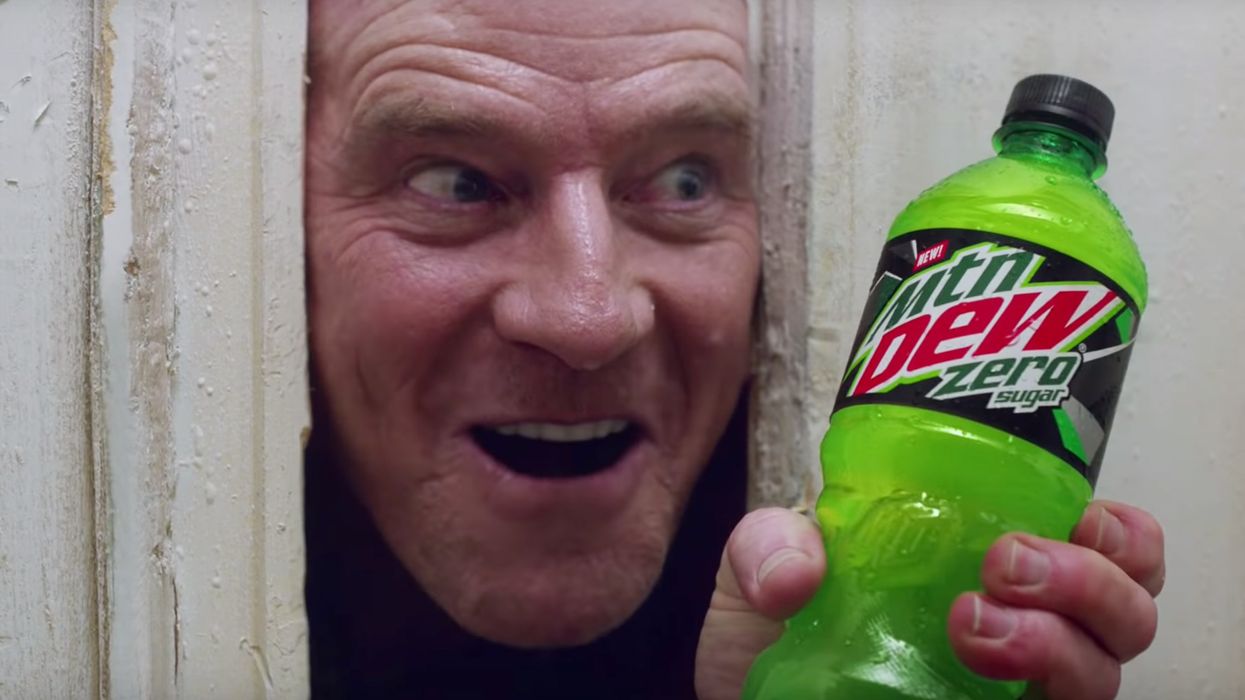How to Write a Commercial Treatment
Commercials are a great way for directors to break into the industry.

The hardest part about trying to break in as a director is getting the world to notice. While it can be hard to raise enough money to make a feature film, there are lots of little jobs you can do that get you paid and experience.
Those jobs are commercials!
You see them on TV every day and you also see them pop up online.
There is no shortage of commercial jobs to get, but how can you get them?
The answer is to write a treatment.
Come with me as I take you through the process.
Treatments for Commercial Directors
Try to think about commercials as little mini-movies. You're telling a story in three acts. The story of a product or a service. And the best thing? Commercials pay very well. You can sustain a great life working on them and developing your own idea.
That's the LA or NYC dream.
One of the many jobs directors do is working not in film and television but in the commercial space. Directing commercials is lucrative and steady work. To get those commercials, you have to hand over treatments to the companies thinking about hiring you where you express your ideas.
But what's a commercial treatment?
A commercial treatment is a 5-12 page document that outlines your vision within the parameters set up by the advertising agency. Treatments help you establish trust between yourself and a well-known brand. They can read your treatment and see you have a decisive vision for their service or product.
You have to make treatments that take us through what happens in the commercial. The opening, the images, how we get the taglines for the products in and how the visuals will support what the product does and what the story of the commercial will be.
If you’re a working commercial director you will write dozens of these every year.
So get good at them!
The Parts of a Commercial Treatment
A commercial treatment contains the following parts:
- An Intro: Tell them who you are, sum up your resume, and why they should be excited to work with you.
- Why You?: What can you bring as an individual to this story that no one else can?
- Highlight the Product: What does the audience need to know about the product?
- Casting the Commercial: Who do you foresee starring in this? Anyone famous? Are there comparative names of people you’d like to find? Is it diverse? Which gender does it skew toward?
- The Story of the Commercial: What happens inside the spot? How long is it? What emotions are you trying to communicate?
- The Gear You’ll Use: Are you shooting on film or digital? What kinds of cameras? Lens package? What’s the look and tone you’re going for and how can you get it using the aforementioned gear?
- The Budget: Break down the cost, including the number of shoot days, rentals, and post-production. Will there be lots of VFX? We need to know how you’re spending the money. (*Not every treatment comes with a budget, but some agencies expect one. Find out before you pitch or send in a treatment what they want.)
- Outro: This is where you sum up the vision and express why you’re perfect for the job again.
Commercial companies and advertising agencies want very specific answers to these questions. They want to know you will be in control, stay within budget, and deliver something they’re excited to see.
You need to be visual, bold, and unique.
Up Next: What do Pro DP's use to shoot commercials?
Commercial cinematographers are like Will Smith in Men in Black; they take everyday items and say, "I make this look good."
They do. They take boring stuff—cellphones, hamburgers, and cars—dress them up, throw some light on them, cast some spells, and end up with an object that looks tantalizing enough to buy.
Learn more inside!
- What Does it Take to Become a Successful Commercial Director? ›
- Watch: Spike Jonze Just Directed the Most Insane Perfume Commercial Ever ›
- 3 Essential Tips for Writing a Standout Commercial Treatment ›











